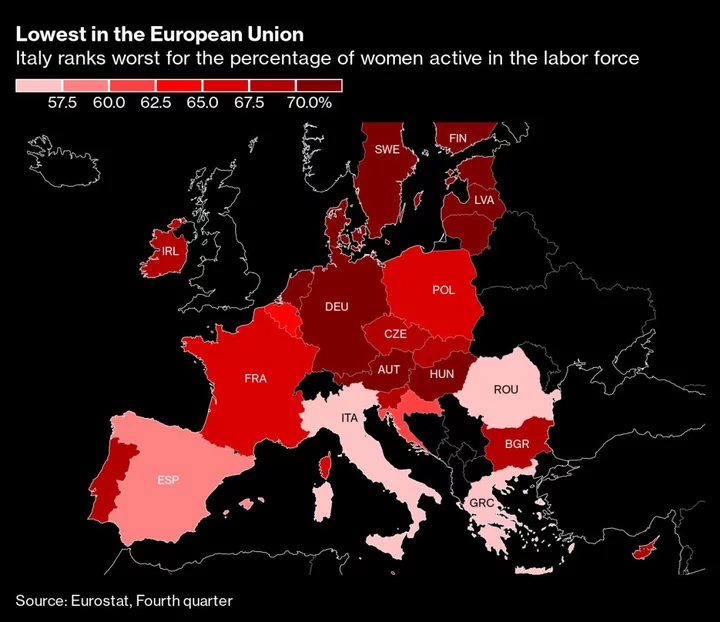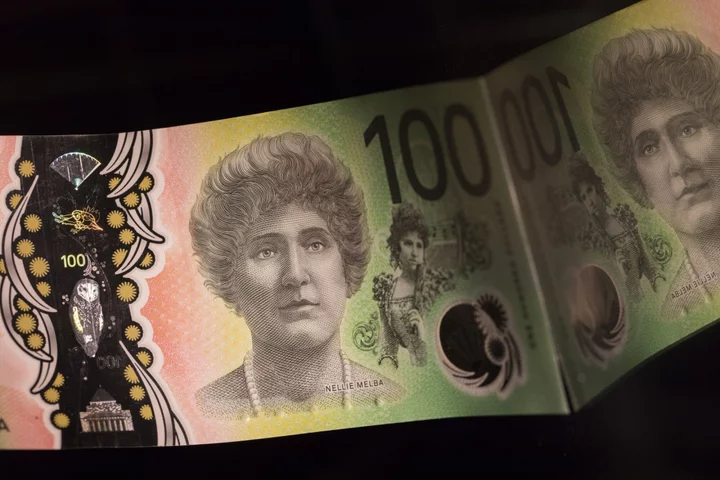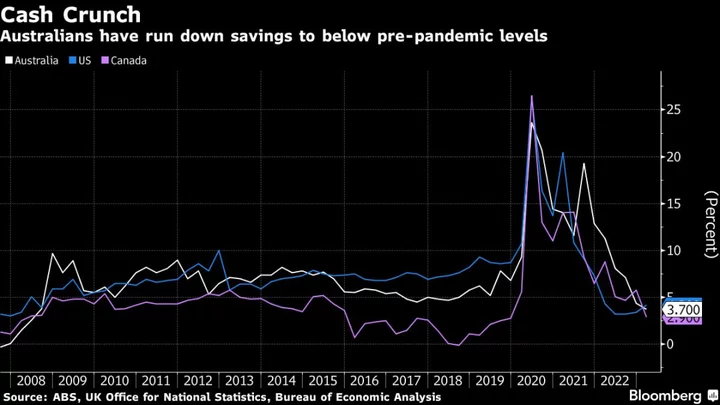Ghana’s public debt declined by a quarter at the end of December from the previous month as the nation’s external obligations decreased.
Public debt, excluding loans of state-owned enterprises, dropped to 434.6 billion cedis ($40.4 billion) from 575.7 billion cedis in November, the central bank said in a summary of economic and financial data on its website. External debt declined 37% to 240.2 billion cedis, Bank of Ghana said without providing an explanation. Domestic obligations inched up to 194.4 billion cedis.
In December, Ghana unilaterally suspended interest payments on most of its overseas obligations as it engages with lenders for talks on debt restructuring to qualify for a $3 billion International Monetary Fund support program. Those external obligations include $13 billion of eurobonds and $5.5 billion of bilateral loans.
While the country received financing assurance on May 12 from an official creditor committee chaired by China and France under the Group of 20 Common Framework, the specific terms of debt relief are yet to be agreed.
The financing assurance was, however, enough for the IMF Executive Board to approve Ghana’s Extended Credit Facility days later.
The West African nation also implemented a domestic debt exchange, with bondholders swapping 88 billion cedis of local notes that paid an average of 19%, for bonds returning as little as 8.35% to qualify for the IMF bailout.
Here are other macroeconomic and financial updates in the Bank of Ghana report.
- Public debt as a ratio of gross domestic product fell to 71.2% of GDP at end-December from 94.3% in November
- Budget deficit in the first three months of 2023 narrowed to 0.8% of GDP from a shortfall of 2.7% y/y
- The primary balance fell to 0.1% of GDP deficit from 0.9% deficit
- Total exports in the first four months through April eased to $5.6 billion from $5.9 billion y/y
- Gold shipments grew to $2.2 billion from $1.9 billion
- Cocoa shipments increased to $1.3 billion from $1 billion
- Oil exports decreased to $1.2 billion from $1.9 billion
- Other exports fell to $1.05 billion vs $1.09 billion
- Total imports in the first four months through April declined to $4 billion from $4.7 billion y/y
- The trade surplus widened to 2.2% of GDP from 1.6% over the period
- Gross international reserves fell to $5.2 billion at end-April, enough to cover 2.4 months of imports, from $8.3 billion, or 3.7 months of import-cover
- Banks’ annual loans growth slowed to 20.2% at the end of April from 25.7% a year earlier
- Capital adequacy ratio dropped to 14.8% vs 21.3%
- Non-performing loans rose to 18% vs 14.3%
- Monthly mobile-money transactions increased to 138.8 billion cedis in April from 88.7 billion cedis in April 2022









